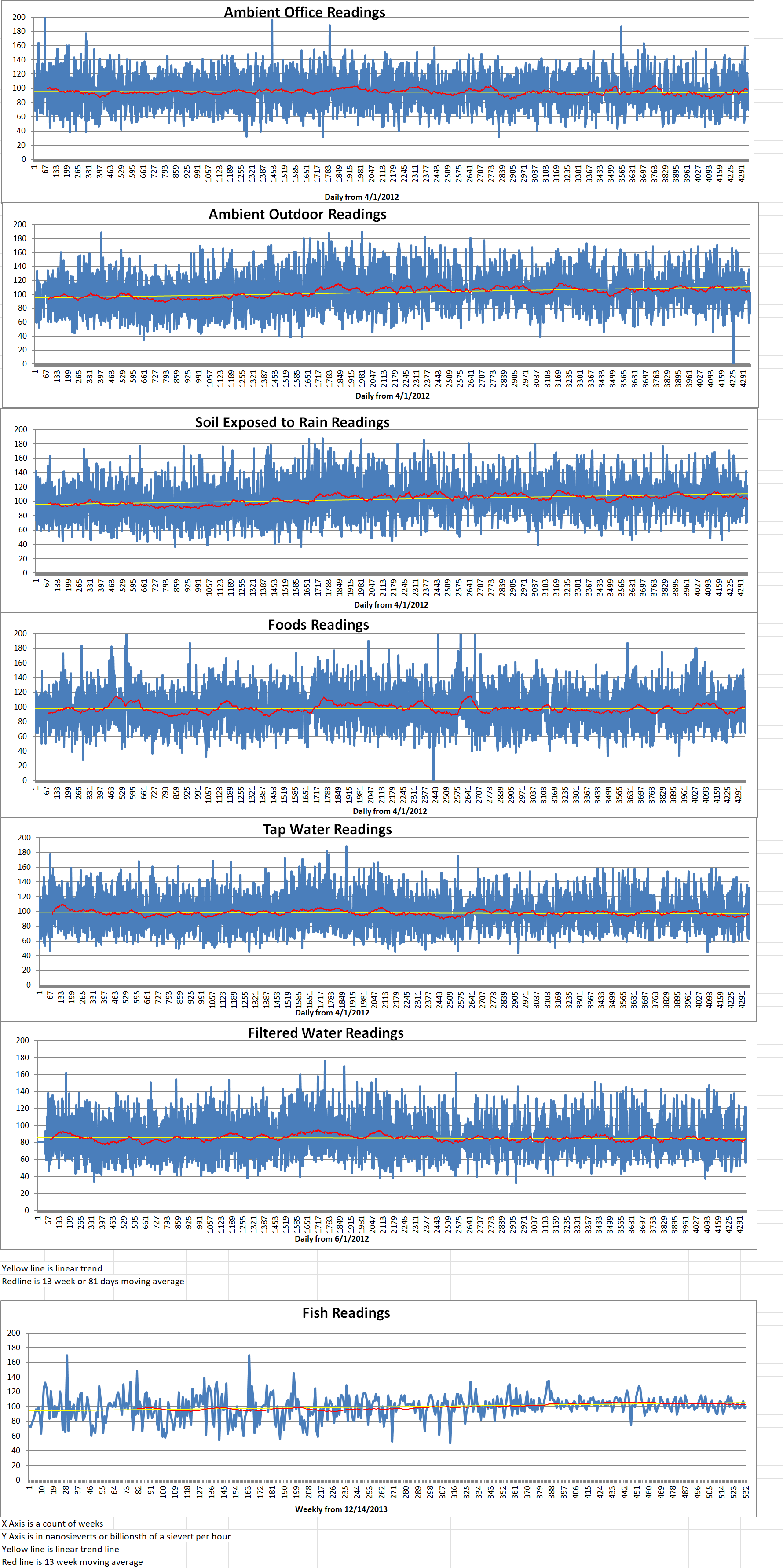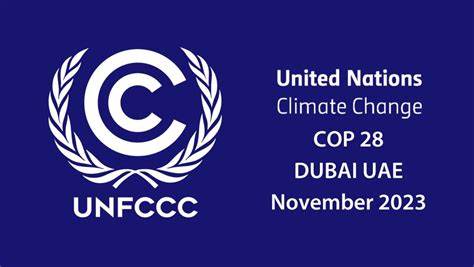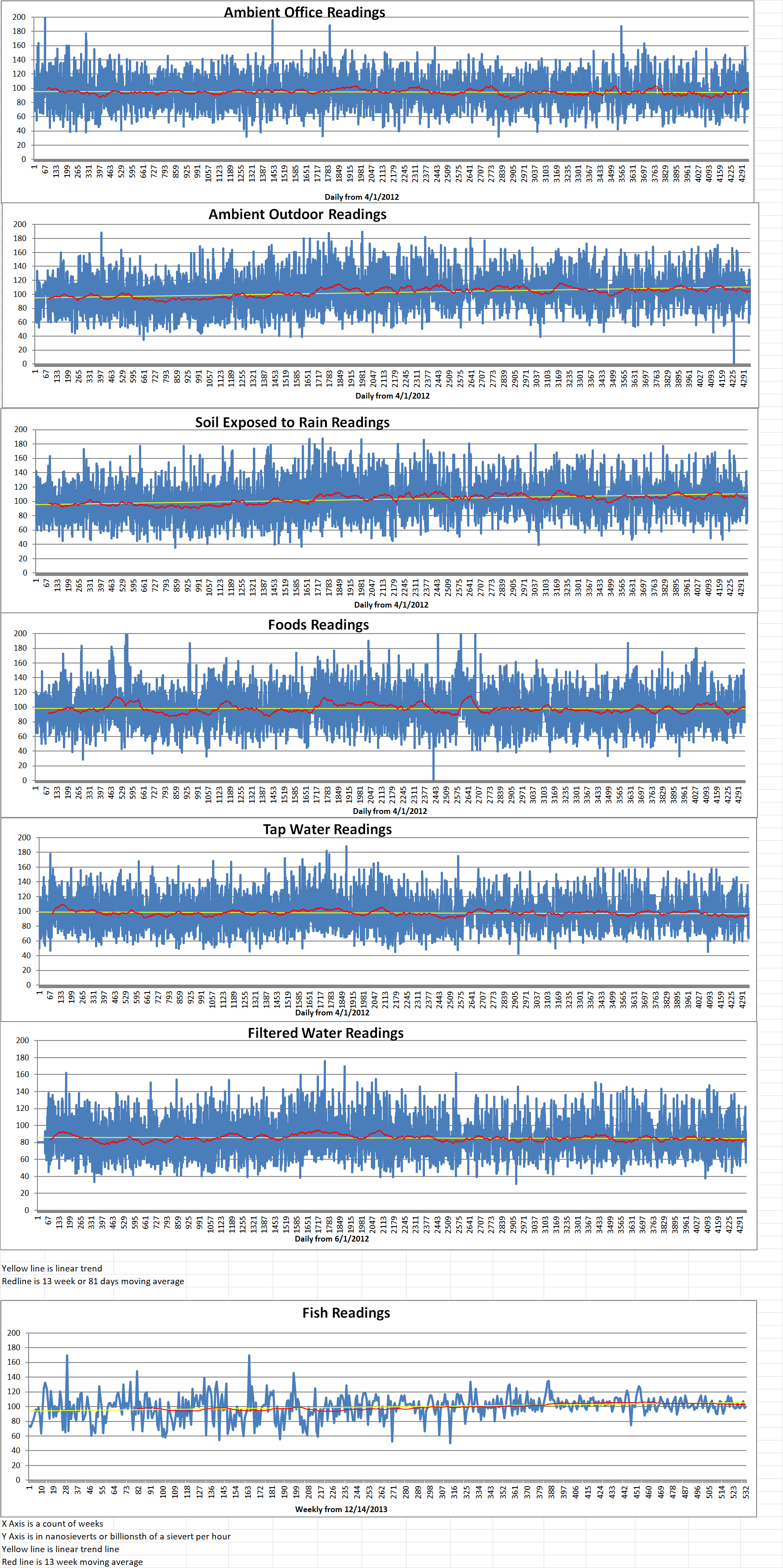Part 1 of 2 Parts
Inside a highly classified facility in Oak Ridge, Tennessee workers are turning old, unexploded nuclear warheads into fuel that will power cities. This is the same facility that enriched uranium for the first atomic bomb in the era of the Manhattan Project.
The process to create advanced reactor fuel involves melting weapons-grade uranium with low-enriched uranium in a crucible which is a massive, metal cauldron heated to around twenty-five hundred degrees Fahrenheit to turn its contents into molten soup.
Removed from its furnace, a glowing orange cast filled with hot liquid uranium is slowly lowered into a cooling chamber. The hardened granular black finished product can be safely held in-hand.
This fuel is set to power the next generation of U.S. nuclear reactors, including small modular reactors (SMR) that are easier and cheaper to build. They require far less maintenance and physical space than the aging U.S fleet of large nuclear power reactors. However, they also require a more-enriched and energy-dense uranium.
Until last year, the U.S. obtained the vast majority of its enriched uranium from Russia. A bipartisan law passed after Russia’s invasion of Ukraine ended that practice. Now, scientists and companies are racing to produce it here in the U.S.
After the Cold War, Russia possessed loads of highly enriched weapons grade uranium. After the war, the U.S. and other countries encouraged Russia to dilute that uranium below the weapon-making threshold and sell it to the world to be used as nuclear fuel. It was a beneficial arrangement for all parties. The US had a supply of fuel and had an available market to sell to.
Down blending old weapons grade uranium from the nuclear arsenal is not the only way to make this fuel which is known as high assay low-enriched uranium (HALEU). A few facilities around the country are also making it, and they are expected to continue to produce most of the fuel in the long run. The federal government is expected to award over two billion dollars in the coming months to uranium enrichment companies to help kickstart the nuclear fuel supply chain.
Michael Goff is the principal deputy assistant secretary for the Energy Department’s Office of Nuclear Energy. He said that the feds are scouring high and low for suitable nuclear fuel that might have been missed. In addition to the US nuclear weapons stockpile, the Idaho National Laboratory is also down-blending part of its collection of fuel from research reactors.
The fact that the U.S. is looking at its own arsenal for nuclear fuel speaks to how much of a scramble there is to get new-age reactors off the ground — like TerraPower, the Bill Gates-backed project in Wyoming that recently broke ground.
Projects like TerraPower in Wyoming are waiting for the HALEU fuel shipments, anxious they may run out of time. The company was supposed to get its first fuel shipments from Russia which is the world’s only commercial HALEU supplier. The situation changed after Russia invaded Ukraine in February of 2022.
Jeff Navin is TerraPower’s director of external affairs. He said, “We are getting to the point where we need to see more urgency from the government. There’s a huge national interest to move quickly. We don’t fully understand why that same sense of urgency hasn’t gotten to the Department of Energy in getting this material out.”
The amount of HALEU nuclear fuel that the US can get from its nuclear weapon stockpile is relatively small. It’s going to need a much bigger nuclear fuel production line.
Jeff Chamberlin is the acting principal assistant deputy administrator for defense nuclear nonproliferation. He said, “The long-term solution is we have to have enrichment. Even if we down blended all that material tomorrow, we couldn’t supply the demonstration needs of all the advanced reactor companies the US has stated right now.”
Please read Part 2 next






